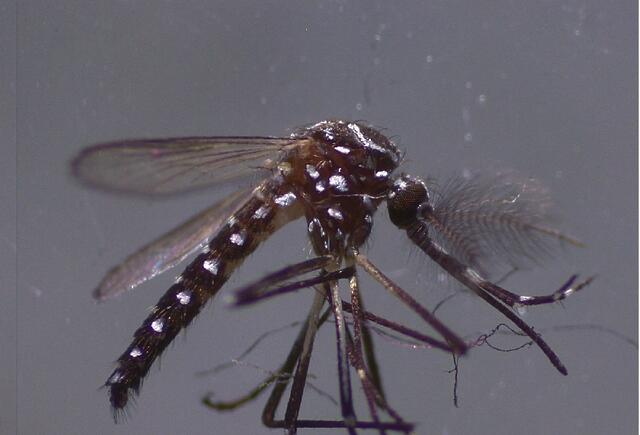
Fighting the exotic mosquito menace
Sydney’s warm and wet weather over the past year has kept Australia’s frontline biosecurity officers busy in the fight against mosquito-borne diseases.
More than half of all exotic mosquitoes detected through the Department of Agriculture, Fisheries and Forestry’s national vector monitoring program in 2022 were associated with aircraft and cargo arrivals through Sydney’s Kingsford Smith Airport.
From January 2022 to January 2023, the department’s vector monitoring officers and biosecurity officers detected 24 exotic mosquitoes across the country and 14 of those were found in Sydney.
In the same period the previous year there were just three detections in Sydney and a national total of 18 detections.
Deputy Secretary, Biosecurity and Compliance Group, Dr Chris Locke said the vector monitoring program plays a major role in intercepting mosquitoes, many of which can transmit serious diseases.
“The Aedes aegypti mosquito, which can transmit yellow fever and dengue fever, was detected in a sentinel trap by a Vector Surveillance Officer on 27 March 2023 during routine monitoring activities at Sydney’s international airport,” said Dr Locke.
“While Australia is free of yellow fever and many other serious mosquito-borne diseases, monitoring and interception programs at entry points remains a critical line of defence.
“Surveillance is carried out at First Point of Entry airports, seaports and nominated Approved Arrangements around Australia and includes the regular monitoring of mosquito traps as well as dipping larvae habitats to capture immature mosquitoes.
“Exotic mosquitoes tend to arrive in Australia via baggage and cargo containers carried in the holds of aircraft travelling primarily from Southeast Asian airports. They are also found as larvae in pooling water within imported goods, especially imported tyres and break-bulk equipment.”
Fogging, which involves using a fine insecticide spray directed by a blower, in conjunction with residual surface insecticide treatments was carried out after every detection and was followed by extensive surveillance through trapping.
No further exotic mosquitoes were detected at Sydney Airport following the insecticide response treatments.
Fast facts:
- A variety of traps are used including suction traps, which draw adult mosquitoes into the collection chamber using a fan, and tyre traps containing aged water to collect mosquito larvae.
- Once mosquito adults or their larvae are captured, work begins on identifying what species they are. It is not always possible to tell whether a mosquito is exotic or domestic when very young, so some are reared in culture containers with aged water to a life stage where they are more easily identified before they are destroyed.
- Biosecurity officers have become adept at identifying mosquito species, supported by entomologists and more recently a team of molecular biologists who can help to identify more difficult specimens.

